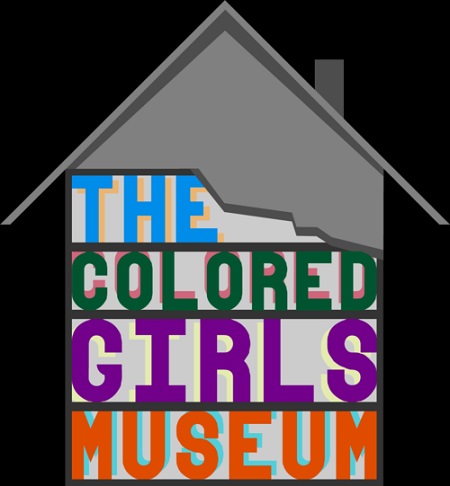
February 9, 2016; Smithsonian
NPQ has chronicled the concept of prior pop-up art experiences, and this week, Smithsonian reported on the creation of the Colored Girls Museum, a pop-up culture center in Philadelphia.
The purpose of the Colored Girls Museum and its relationship to the community is what’s attracting attention. We’ve covered efforts by established institutions in Philadelphia to reach new audiences, but the Colored Girls Museum is a community-led initiative that converts a home into a living memorial to the experiences of black women.
As Vashti DuBois, founder and executive director of the museum, explained to Smithsonian.com, “Houses put people at ease. We’re reimagining the museum as a sanctuary for colored girls. I want it to be a gathering space, celebrating…the things that have shaped us in the country and in the world.”
The house, located in Philadelphia’s Germantown neighborhood, features rooms converted into exhibits by 10 local artists. Each room showcases murals, paintings, sculptures, and curated objects—all donated by women—and performers who tell the story of dozens of black women.
Sign up for our free newsletters
Subscribe to NPQ's newsletters to have our top stories delivered directly to your inbox.
By signing up, you agree to our privacy policy and terms of use, and to receive messages from NPQ and our partners.
Many of the rooms blend history, art, and social commentary. For example, the tool shed holds horse tack and old photographs of female factory workers. The house creates a collection of experiences to show what life looked like for these girls and illustrate what it meant to grow up as a woman of color in America.
“There should be a place in the world where colored girls’ history is being built and archived,” DuBois told Smithsonian. DuBois still lives in the house, and wants it to be a welcoming place—the Museum is meant to expose people to art in a non-traditional museum venue.
Repurposing a house as an active, participatory experience could encourage greater civic engagement, as with Project Row Houses, a community-based arts and culture nonprofit organization in Houston. In a February 2016 article, NPQ profiled efforts by arts organizations to demonstrate their value in solving social problems and encouraging people to experience the arts right where they live. DuBois would like to replicate the model in cities like Detroit and Raleigh.
DuBois’s project is a finalist in the Knight Cities Challenge, which grants a total of $5 million to civic projects, focusing on areas including “creating a culture of civic engagement.” We’re seeing a substantial trend for arts organizations to innovate in how they tell their stories not just to funders, but to mobilize the communities whose experiences they preserve and promote.—James Araci











